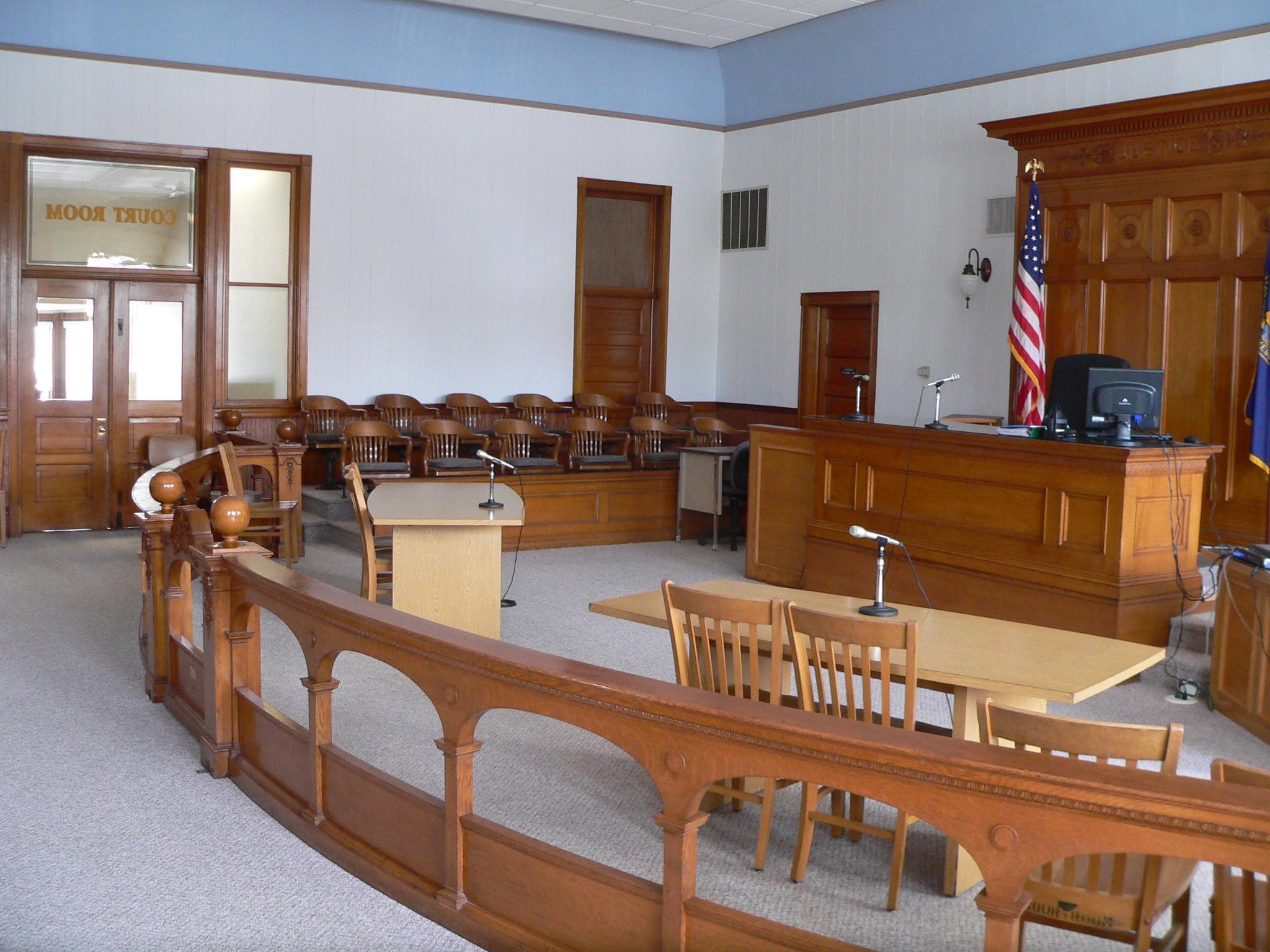Will the Most Controversial Rule of Evidence be Reformed?
To most, the Federal Rules of Evidence may seem esoteric. But how the rules draw evidentiary boundaries between admissible and inadmissible information matters quite a bit, both for litigants and for our justice system. Federal Rule of Evidence 609 is a case in point. Rule 609 allows attorneys to impeach criminal defendants (and other witnesses) with their […]

To most, the Federal Rules of Evidence may seem esoteric. But how the rules draw evidentiary boundaries between admissible and inadmissible information matters quite a bit, both for litigants and for our justice system.
Federal Rule of Evidence 609 is a case in point.
Rule 609 allows attorneys to impeach criminal defendants (and other witnesses) with their convictions: to inform the jury, in other words, about these convictions for the asserted purpose of challenging the witness’s truthfulness. This form of impeachment has been called a “charade,” a “hoax,” “discriminatory and unfair,” and critics have urged its reform or abolition since its enactment in 1975. And yet, this rule has persisted, without significant alteration.
Change may be afoot. Timothy Rice, a Magistrate Judge from Philadelphia, published a law review article this year. He proposed that because of a change in societal understanding of crime, the amount of prior conviction impeachment that the federal system tolerates should be significantly reduced. He submitted the same idea to the Advisory Committee that evaluates potential changes to the Federal Rules of Evidence. The Committee is now considering the proposal.
The societal change that Judge Rice invokes is the restorative justice movement, which he describes as having a goal of “healing within the broader community impacted by crime.” The significant reduction that he proposes is that one of the two types of conviction currently admissible become inadmissible. The first category that is currently admissible consists of “crimina falsi” (roughly speaking, convictions relating to “dishonesty or false statement”); indeed, currently these must be admitted, no matter the prejudice that they inflict. Judge Rice would leave this category of impeachment material untouched. The second category consists of felony convictions (other than “crimina falsi”), which are currently admissible subject to judicial balancing. Judge Rice would abolish this category. How can one heal within the broader community, he asks, if one is dehumanized, stigmatized, punished a second time, and stereotyped as having a propensity to lie?
Judge Rice has done valuable work in prompting the Advisory Committee to address this issue. And with his focus on restorative justice he has accomplished the admirable feat of finding a new objection to prior conviction impeachment. It seemed there was little left to say once scholars had explored a whole range of other problems: the tension between this form of impeachment and the social science relating to truth telling; the racial and economic disparity in impact; the chilling of defendants from exercising their right to testify; the shaky embedded assumptions about the reliability and meaning of criminal convictions; the fact (explored in various empirical studies) that jurors reject the use of this evidence for its only permitted purpose, and embrace it for inflammatory and forbidden ones; and so on. Finally, in making the point that this practice involves the embedding of stereotypes into legal decision-making, his work hints at a gap between this area of the law and those in which efforts are being made to challenge stereotypes in legal decision-making. (See, for example, recent efforts to inform juries about implicit bias.)
However, it remains unclear how much Judge Rice’s restorative justice focus can achieve. First, in writing up the proposal for the Committee, the Reporter describes this as an “interesting” angle, but questions whether restorative justice is indeed as much of a movement as Judge Rice (who created a reentry program) might wish. If we really cared about restorative justice, for example, would we still permit felony-based disenfranchisement in 48 states? Second, restorative justice objections, like all of the other types of objection mentioned above, apply not only to the impeachment that Judge Rice would bar, but also to the “crimina falsi” impeachment that he would leave untouched. (And indeed the latter category of convictions has a claim to being the more problematic, in that they are mandatorily admissible.)
For those who have considered change to this rule but think that prohibiting the use of felony convictions is not enough, three states provide evidence that abolition can be feasible. Montana prohibits all forms of prior conviction impeachment (as regards all witnesses), and has done so for forty years. Hawaii and Kansas protect criminal defendants from prior conviction impeachment of all types (as long as they do not open the door to it), and have done so for decades.
The Reporter has promised that if the Committee wants to take this idea further, he will conduct research into the handful of states that reject impeachment with convictions that are not “dishonesty-based,” to see “how these rules are being applied and how practice is affected.” Since such states include those that have barred prior conviction impeachment altogether, for some or all witnesses, this is a valuable opportunity to consider not only restriction of this practice, but abolition.
